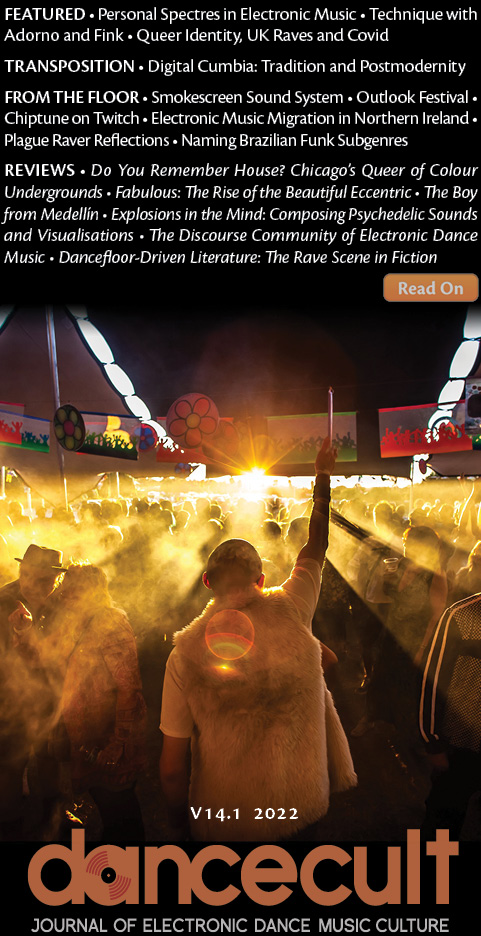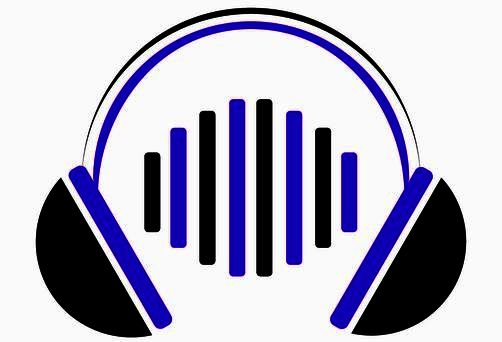Digital Cumbia
Tradition and Postmodernity
Abstract
Originally published in the Chilean journal Revista Musical Chilena in 2016, this article is focused on the most recent transformation of the popular Latin American cumbia genre: so-called “digital cumbia”. It developed primarily in Buenos Aires, Argentina and Lima, Peru, where an interesting scene of artistic experimentation with cumbia and electronic dance music emerged during the 2000s. As a result this new electronic music genre attracted considerable attention from local and international media during the 2010s. Despite this public interest the digital cumbia phenomenon has not received much academic attention, so current knowledge on the topic is insufficient. This article attempts to fill this gap with this first analysis of the digital cumbia phenomenon and its impact upon contemporary popular music.
Downloads
Published
Issue
Section
License
Authors who publish with this journal agree to the following terms:- Authors retain copyright and grant the journal right of first publication with the work simultaneously licensed under a Creative Commons Attribution-Noncommercial-Share Alike License that allows others to share the work with an acknowledgement of the work's authorship and initial publication in this journal.
- Authors are able to enter into separate, additional contractual arrangements for the non-exclusive distribution of the journal's published version of the work (e.g. post it to an institutional repository or publish it in a book), with an acknowledgement of its initial publication in this journal. Such derivate works or subsequent publications must happen no less than one calendar year after the initial publication date in Dancecult.
- Authors are permitted and encouraged to post their work online (e.g. in institutional repositories or on their website) prior to and during the submission process, as it can lead to productive exchanges, as well as earlier and greater citation of published work (See The Effect of Open Access).






